Maureen O’Hara, Irish-Born Star Who Played Strong-Willed Beauties, Dies at 95
By Anita Gates Oct. 24, 2015
Maureen O’Hara, the spirited Irish-born actress who played strong-willed, tempestuous beauties opposite all manner of adventurers in escapist movies of the 1940s and ’50s, died on Saturday at her home in Boise, Idaho. She was 95.
Johnny Nicoletti, her longtime manager, confirmed her death.
Ms. O’Hara was called the Queen of Technicolor because when that film process first came into use, nothing seemed to show off its splendor better than her rich red hair, bright green eyes, and flawless peaches-and-cream complexion.
One critic praised her in an otherwise negative review of the 1950 film “Comanche Territory” with the sentiment “Framed in Technicolor, Miss O’Hara somehow seems more significant than a setting sun.” Even the creators of the process claimed her as its best advertisement.
Yet many of the films that made the young Ms. O’Hara a star were in black and white. They included her first Hollywood movie, “The Hunchback of Notre Dame” (1939), in which she played the haunted Gypsy girl Esmeralda to Charles Laughton’s Quasimodo; the Oscar-winning “How Green Was My Valley” (1941), in which she was memorable as a Welsh mining family’s beautiful daughter who marries the wrong man; “This Land Is Mine” (1943), a war drama in which she was directed by Jean Renoir; and “Miracle on 34th Street” (1947), the holiday classic in which she played a cynical, modern Macy’s executive who tries to prevent her daughter from believing in Santa Claus.
Perhaps the best remembered of her color films was the director John Ford’s “The Quiet Man” (1952), the second of five movies in which Ms. O’Hara starred opposite John Wayne. Her character, the proud, stubborn and passionate Mary Kate Danaher, refuses to consummate her marriage to the Irish-American boxer played by Wayne until he fights for her dowry. And so he does.
As the film historian David Thomson once observed of her screen persona throughout her career, she was “inclined to thrust her hands on her hips, speak her mind and be told, ‘You’re pretty when you’re angry.’ ”
Sign up for the Movies Update Newsletter A weekly roundup of movie reviews, news, stars and awards-season analysis. Get it sent to your inbox.
Those hips were likely to be dressed in the fashions of another era. Of the more than 50 films she made, about half were period pieces. She played saloon queens and ranch wives in westerns like “Buffalo Bill” (1944) and “Rio Grande” (1950), with Wayne; Arabian princesses in the likes of “Sinbad the Sailor” (1947), with Douglas Fairbanks Jr., and “Bagdad” (1949); the object of pirates’ affections in swashbucklers like “The Black Swan” (1942), with Tyrone Power, and “The Spanish Main” (1945). She even played a pirate captain herself in “Against All Flags” (1952), with Errol Flynn.
Wayne once paid her what he considered the highest compliment. “I’ve had many friends, and I prefer the company of men, except for Maureen O’Hara,” he said. “She is a great guy.”
Maureen FitzSimons was born on Aug. 17, 1920, in Ranelagh, Ireland, on the outskirts of Dublin. She was the second of six children of Charles FitzSimons, a clothing-business manager and part-owner of a soccer team, and the former Marguerita Lilburn, a singer. Maureen began appearing in school plays as a child and was accepted as a student at the Abbey Theater in Dublin when she was 14.
Her Hollywood movie career almost did not happen. After she appeared in two British musicals, “Kicking the Moon Around” and “My Irish Molly,” in 1938, a screen test was arranged by a British studio. Ms. O’Hara was horrified by the results, particularly the way she looked in the heavy makeup and the gold lamé gown with strange, winglike sleeves that she had been given to wear.
But Charles Laughton happened to see the test and, he said, liked something about her eyes. He promptly cast her in the crime adventure “Jamaica Inn” (1939), of which he was a producer as well as the star. The film was Alfred Hitchcock’s last British project before moving to Hollywood. Ms. O’Hara ended up moving, too.
In her first two decades in the United States she made some 40 feature films, including five with Ford, a sometime friend and sometime enemy whom she later described to the Irish newspaper The Sunday Independent as “an auld devil and cruel as hell.”
In 1960 she played the title character in a television remake of “Mrs. Miniver,” and overnight, it seemed, she was transformed from the fiery young love interest to the dependable, well-preserved wife/mother/widow.
There was one last, notable exception: She played a dance hall girl in Sam Peckinpah’s western “The Deadly Companions” in 1961. But her best-known films from that period were “The Parent Trap” (1961), “Mr. Hobbs Takes a Vacation” (1962) and “Spencer’s Mountain” (1963).
Long before the paparazzi roamed Southern California, Ms. O’Hara had a memorable encounter with a celebrity tabloid. In 1957, the magazine Confidential published an article that accused her of improper amorous behavior in a public movie theater. She sued for libel and presented her passport to prove that she had not been in the country when the activity was supposed to have taken place. The case was eventually settled out of court, but it contributed to the magazine’s eventual demise.
Ms. O’Hara was married three times. In 1939, just before she left for the United States, she wed George H. Brown, a British film producer who later became the father of the magazine editor Tina Brown. That marriage was dissolved in 1941, and that same year she married her second husband, Will Price, a writer and director. They had a daughter, Bronwyn FitzSimons, and were divorced in 1953.
Fifteen years later she married Gen. Charles F. Blair, an Air Force aviator who operated Antilles Air Boats, a small Caribbean airline. The couple lived in St. Croix, in the Virgin Islands, and she largely left show business behind, choosing to publish a magazine, The Virgin Islander, for which she also wrote a column. She took over Antilles after General Blair’s death in 1978.
Ms. O’Hara eventually returned to film, playing the overbearing mother of John Candy’s character in the 1991 comic drama “Only the Lonely.” Over the next decade, she starred in three television movies: “The Christmas Box” (1995), “Cab to Canada” (1998), and “The Last Dance” (2000), in which she played a retired teacher helped by a former student (Eric Stoltz). It was her final screen appearance.
Ms. O’Hara received an Irish Film and Television Awards lifetime achievement honor in 2004 and published an autobiography, “’Tis Herself,” the same year.
She is survived by her daughter, a grandson, and two great-grandchildren.
Although Ms. O’Hara took on dual citizenship, she was intensely proud of her Irishness. She served as the grand marshal of New York’s St. Patrick’s Day parade in 1999. When a journalist asked her in 2004 how she remained so beautiful, she explained: “I was Irish. I remain Irish. And Irish women don’t let themselves go.”
Charles F. Blair (11 March 1968 - 2 September 1978) ( his death)
Will Price (29 December 1941 - 11 August 1953) ( divorced) ( 1 child)
George H. Brown (12 June 1939 - 15 September 1941) ( annulled)
Trade Mark (4)
Red hair and green eyes
Often worked with director John Ford
Often starred with John Wayne
Usually played proud, strong-willing and tempermental Irish lasses
Trivia (45)
Siblings: Peggy FitzSimons (a Sisters of Charity nun); television/film producer Charles B. Fitzsimons (now deceased); actress Florrie FitzSimons (aka Clare Hamilton) (now deceased); Margot Fitzsimons; and actor James FitzSimons (aka James O'Hara) (now deceased).
Inducted into the Hall of Great Western Performers of the National Cowboy and Western Heritage Museum in 1993.
Gave birth to her only child at age 23, a daughter Bronwyn Brigid Price (aka Bronwyn FitzSimons) on June 30, 1944. Her daughter's father was her second husband, later ex-husband, William Houston Price (aka Will Price).
Performed many of her own stunts in her films, rare for an actress at that time.
Brought to Hollywoood by legendary actor, director, producer Charles Laughton, who originally signed her to a personal services performing contract, meaning she was signed to Laughton, instead of to a studio, as was common at that time.
Had starred with John Wayne in five films: Rio Grande (1950), The Quiet Man (1952), The Wings of Eagles (1957), McLintock! (1963) and Big Jake (1971). In all five, Wayne and O'Hara played husband and wife and, in all five, they were estranged at least briefly. The first three were directed by John Ford.
She was born in Churchtown, then a suburb, now a part of metropolitan of Dublin, Ireland.
She was awarded a Star on the Hollywood Walk of Fame at 7004 Hollywood Boulevard in Hollywood, California on February 8, 1960.
She and John Wayne remained friends until his death. In her home on St. Croix, she had a wing she called the John Wayne Wing because he stayed there when visiting. It was badly damaged by Hurricane Hugo in 1989, some ten years after Wayne's death.
She was made a Fellow of the British Film Institute in recognition of her outstanding contribution to film culture.
She became an American citizen on January 25, 1946 but has retained her Irish citizenship. It was the first time in history that the United States government recognized an Irish citizen as Irish. This led to a change in process for all Irish immigrants.
Grandmother of C. Beau Fitzsimons, son of her daughter Bronwyn.
Aunt of Charles F. FitzSimons.
In the early 1940s, she was one of the actresses invited to the White House for a benefit dinner. She sat right next to President Franklin D. Roosevelt.
Had a second career after retiring, as a successful magazine publisher; one of the reasons was to help keep her from becoming bored after retirement.
She lost her husband, Charles Blair (September 2, 1978), and her best friend John Wayne (June 11, 1979) just nine months apart.
Was good friends with Ginger Rogers, Anne Baxter, Lucille Ball,Lauren Bacall, Anna Lee, Robert Mitchum, Anthony Quinn, Stuart Whitman and French actress Irina Demick.
Was John Wayne's favorite actress and he considered her a real friend, the only woman he thought of in that way. When he lay dying in his hospital bed, he watched on television as Maureen petitioned Congress to give him a Congressional Gold Medal, which they did by a unanimous vote.
As one of six, Maureen was raised with her siblings at 32 Upper Beechwood Avenue in Dublin's Ranelagh district.
She was a staunch conservative Republican and over time has supported the Presidencies of Dwight D. Eisenhower, Richard Nixon, Gerald Ford, Ronald Reagan, George Bush and George W. Bush.
After being signed by Erich Pommer and Charles Laughton, it was thought that the unusual spelling of her last name--FitzSimons--would be a problem, so they gave her the choice of O'Hara or O'Mara.
Received an honorary doctorate from University College in Galway, Ireland (1988).
Received a degree from the Guild School of Music in London and became part of the Abbey Theater in Dublin when she was 14, winning the All-Ireland Cup at 16 for her portrayal of Portia in "The Merchant of Venice", by William Shakespeare.
Acting mentor was Charles Laughton.
Resided with her grandson, C. Beau Fitzsimons, and his family in Boise, Idaho.
Had two great-grandchildren, Bailey and Everest, via grandson C. Beau Fitzsimons.
She was the last credited cast member of Miracle on 34th Street (1947) to pass away on October 24, 2015.
Buried at Arlington Cemetery, besides her late husband Charles Blair, who was a great military officer.
Inducted into the Hair Fan's Hall of Fame in 2008.
Was one of four actresses to be nicknamed "Queen of Technicolor". The other three were Maria Montez, Yvonne De Carlo, and Rhonda Fleming.
Was in three Oscar Best Picture nominees: How Green Was My Valley (1941), Miracle on 34th Street (1947) and The Quiet Man (1952), the first was the only winner.
She was supposed to pair up with John Wayne in The Shootist (1976). However, Don Siegel thought she was wrong for the part and Lauren Bacall was cast. This turned out to be Wayne's final film.
She was considered to team up with John Wayne in Rooster Cogburn (1975). Her part went to Katharine Hepburn.
Really wanted to be an opera soprano.
She has appeared in four films that have been selected for the National Film Registry by the Library of Congress as being "culturally, historically or aesthetically" significant: Dance, Girl, Dance (1940), How Green Was My Valley (1941), Miracle on 34th Street (1947) and The Quiet Man (1952).
Personal Quotes (27)
Speaking as an actress, I wish all actors would be more like Duke [John Wayne]--and speaking as a person, it would be nice if all people could be honest and as genuine as he is. This is a real man.
To the people throughout the world, John Wayne is not just an actor, and a very fine actor--John Wayne is the United States of America.
Every star has that certain something that stands out and compels us to notice them. As for me I have always believed my most compelling quality to be my inner strength, something I am easily able to share with an audience. I'm very comfortable in my own skin. I never thought my looks would have anything to do with becoming a star. Yet it seems that in some ways they did.
Comedy is quite difficult, you have to be able to have fun and portray that sense of fun to the audience watching you.
[on John Garfield]: He was my shortest leading man, an outspoken Communist and a real sweetheart.
I spent a great deal of time with Ernesto 'Che' Guevara while I was in Havana. I feel he was less a mercenary than he was a freedom fighter.
[reacting to the heavy make-up she had to wear for her first screen test] I looked like Mata Hari!
I made John Wayne sexy. I take credit for that.
[2010, her advice to young people wanting a career in drama] If you really want it, go after it--and learn how to speak properly, for God's sake!
[When being handed her honorary Oscar] I only hope it's silver or gold and not like a spoon out of the kitchen.
How could you have had such a wonderful life as me if there wasn't a God directing?
[on Sam Peckinpah, who directed her in The Deadly Companions (1961)] I didn't enjoy Sam at all. I have to be honest. I didn't think he was a very good director. I think he was lucky that whatever happened in his career happened. I think it was luck, not talent. I'm sorry. You have to forgive me. He was not a good director and if his films turned out successful, that was luck... and people protecting him, like the cameramen and the producers. Different people protecting him made him look good.
[on some of the leading men she worked with] I enjoyed James Stewart, I enjoyed Brian Keith and I enjoyed Henry Fonda. Jeff Chandler was a nice man but a bad actor.
[on being asked what her most marked characteristic was] The hell and fire in me. They came as a set.
[on Lady Godiva of Coventry (1955)] The critics weren't kind, but it's worth remembering as one of Clint Eastwood's first films. Years later, I saw him at an awards ceremony, and he told me how glad he was to have that part. He said he was hard up at the time, and it helped him pay the rent.
That was real dung in The Quiet Man (1952). He was the biggest devil, John Ford. He put as much of that dung in the field as he could, and then made sure that I was covered in it by the end of the day. Oh, I can still smell that awful stuff.
I wouldn't throw myself on the casting couch, and I know that cost me parts. I wasn't going to play the w****. That wasn't me.
My first real kisses came from my leading men. Imagine how nervous I was when I suddenly found myself kissing men like Tyrone Power.
[on Walt Disney's comment, "That b****"] I don't mind what he said. He didn't like me because I wouldn't let him get out of a contract. Not many people had the guts to stand up to him. At least he didn't think of me and say, 'That wimp'.
I've always been a tough Irish lass.
I proved there was a bloody good actress in me. It wasn't just my face. I gave bloody good performances.
I hear he's a real lady killer" I continued. But Lucille (Ball) didn't finch, and responded "and here's his next victim.
Salary (2)
Dance, Girl, Dance (1940) $12,400
The Parent Trap (1961) $75,000
ADVERTISEMENT
BY
Looking for more information?
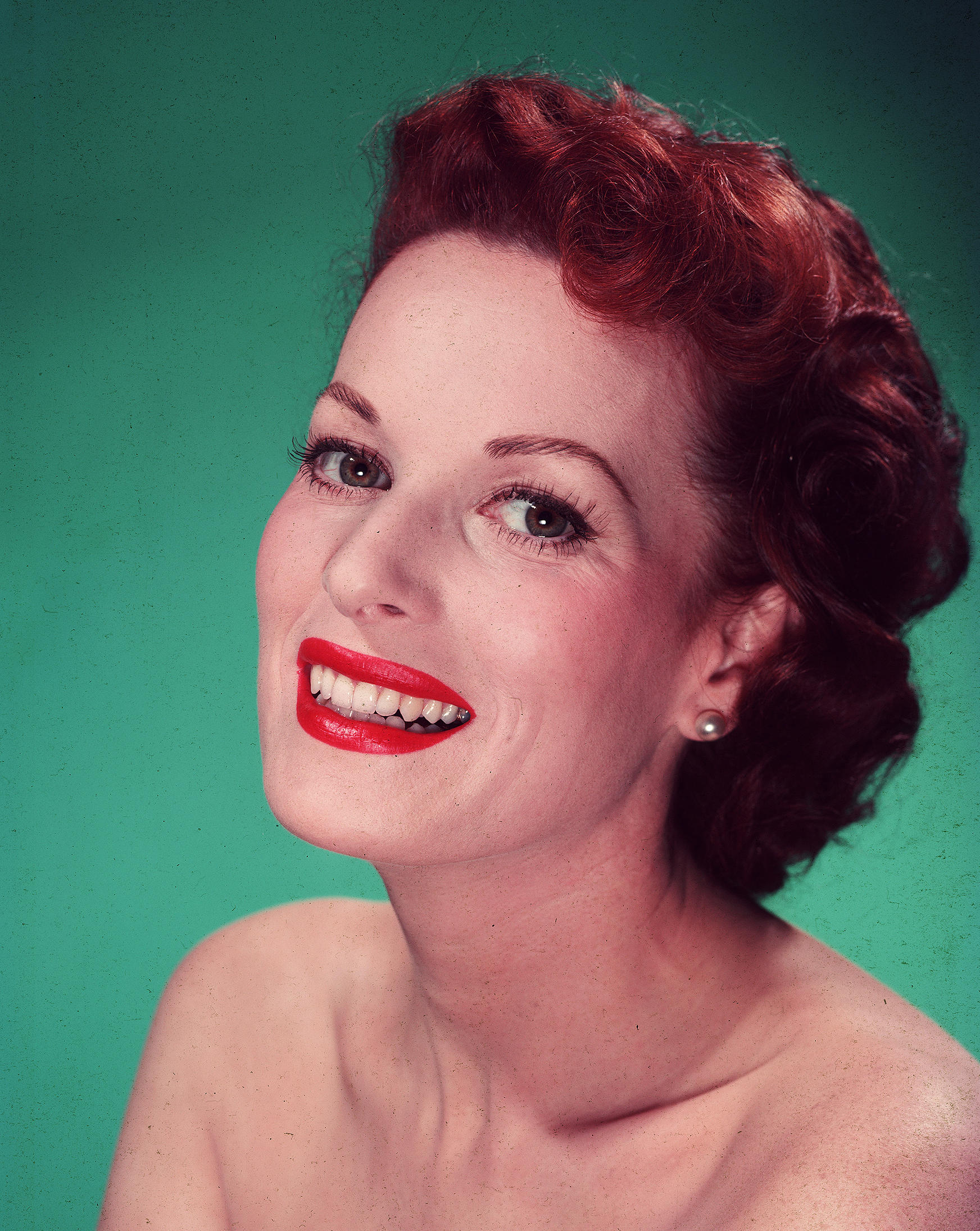
 Amanda S. Stevenson
Amanda S. Stevenson 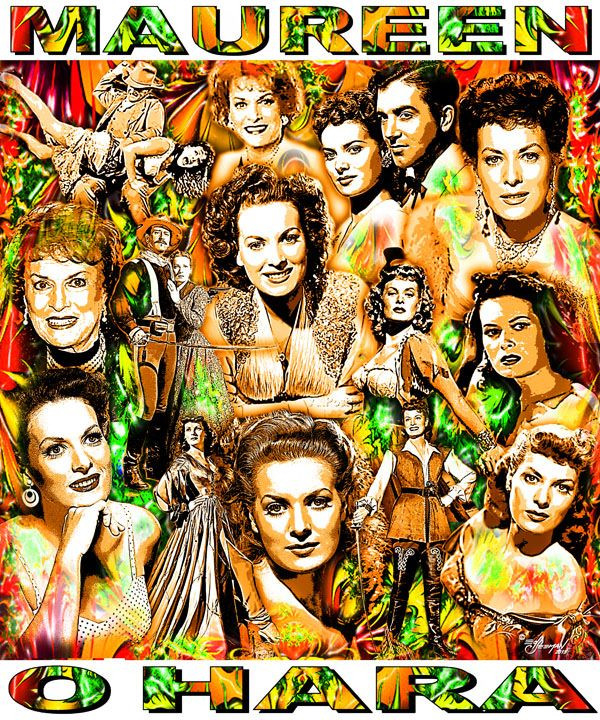
 Amanda S. Stevenson
Amanda S. Stevenson 
 Amanda S. Stevenson
Amanda S. Stevenson 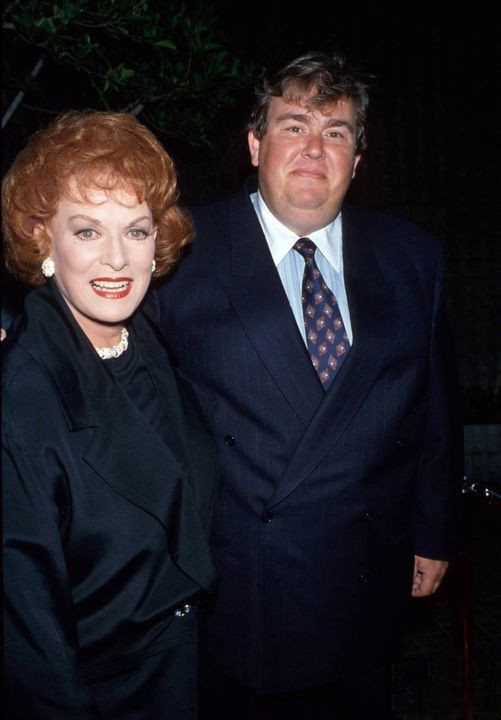
 Amanda S. Stevenson
Amanda S. Stevenson 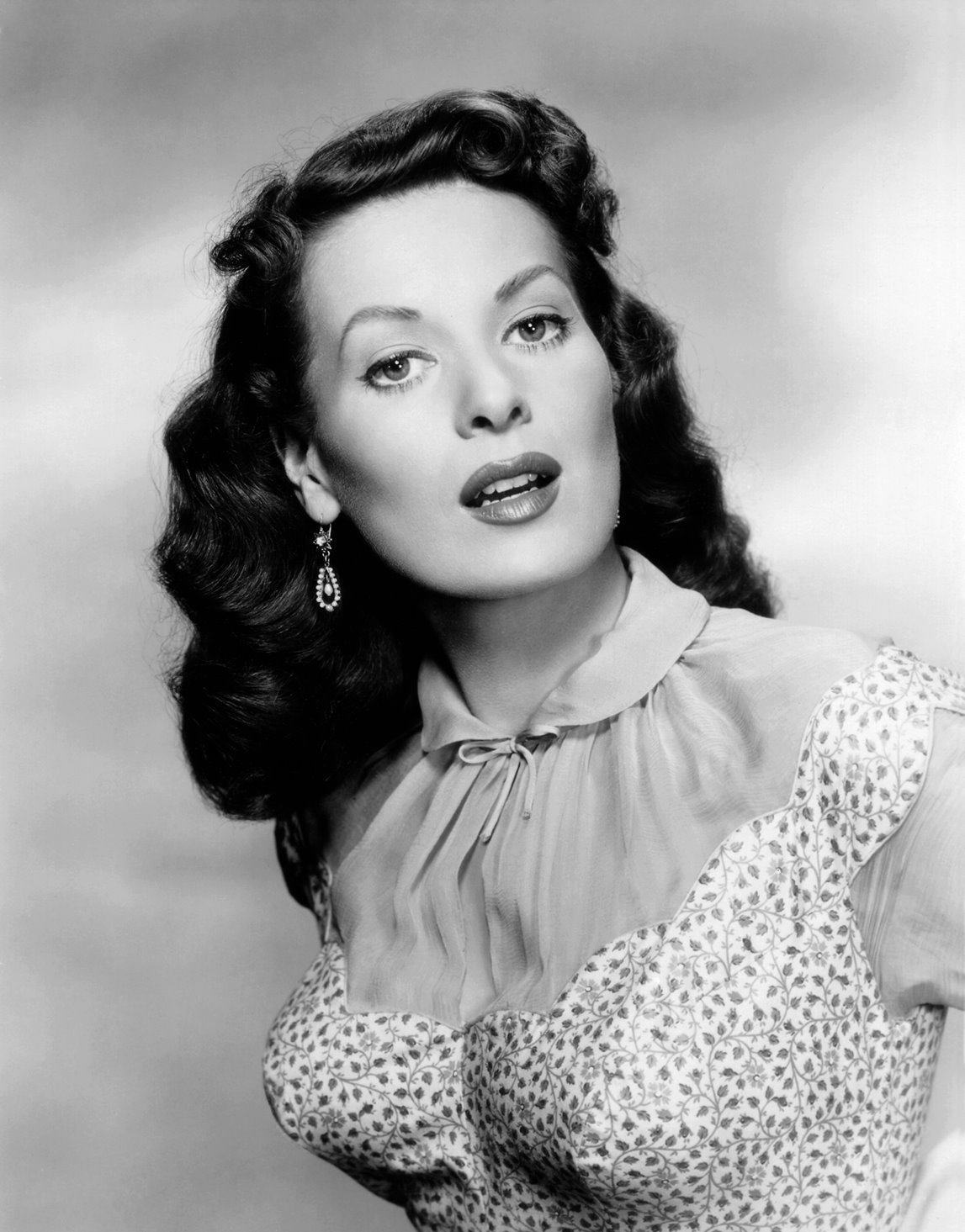
 Amanda S. Stevenson
Amanda S. Stevenson 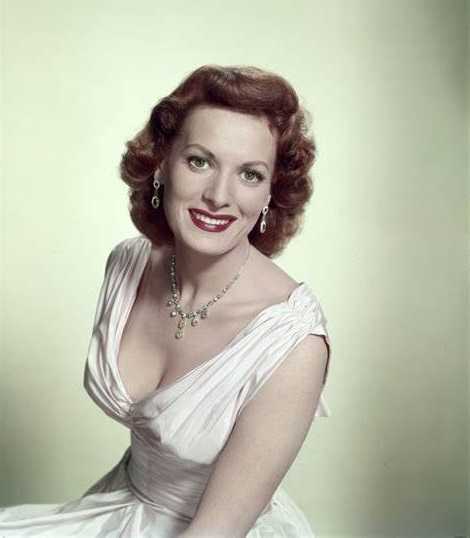
 Amanda S. Stevenson
Amanda S. Stevenson 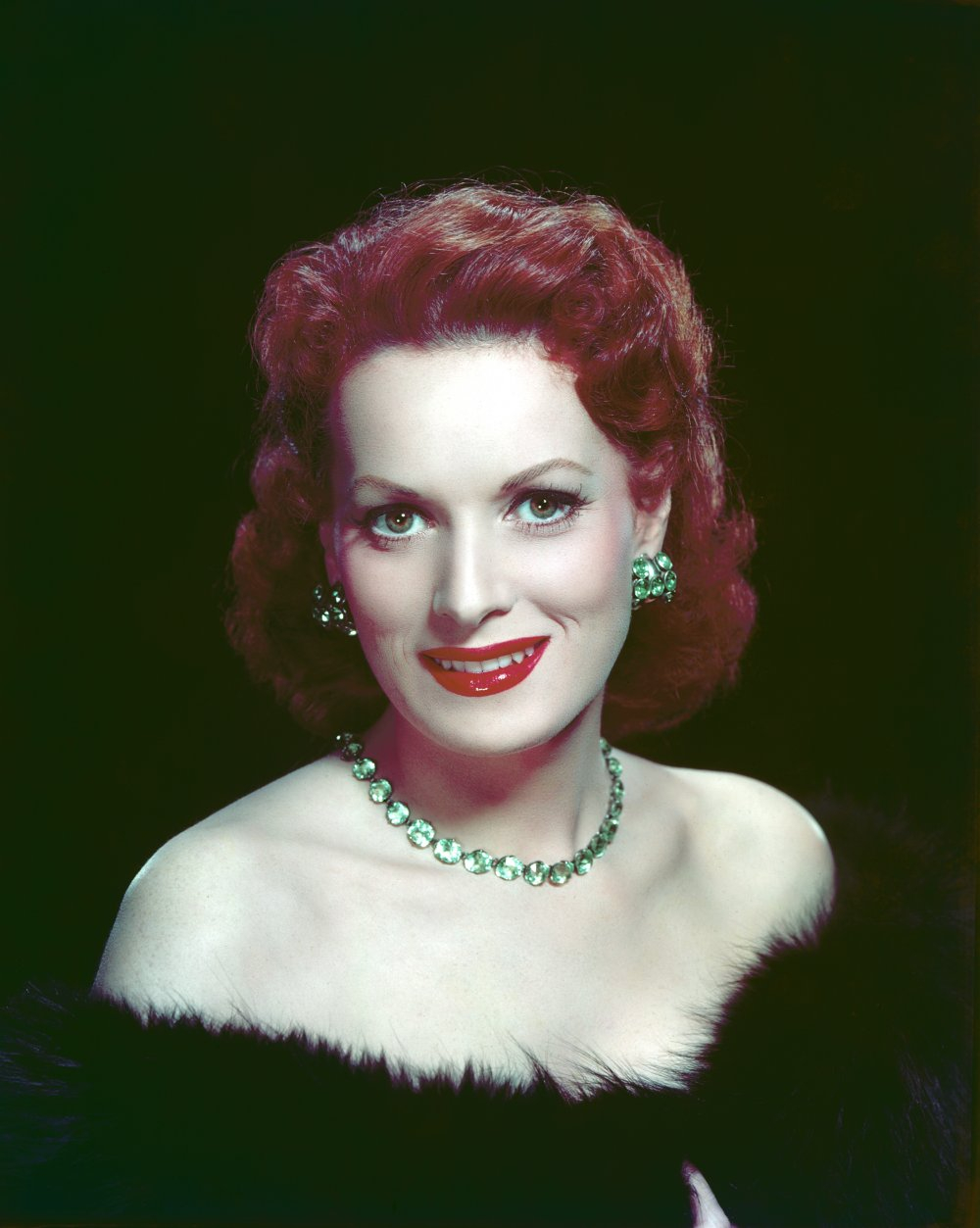
 Amanda S. Stevenson
Amanda S. Stevenson 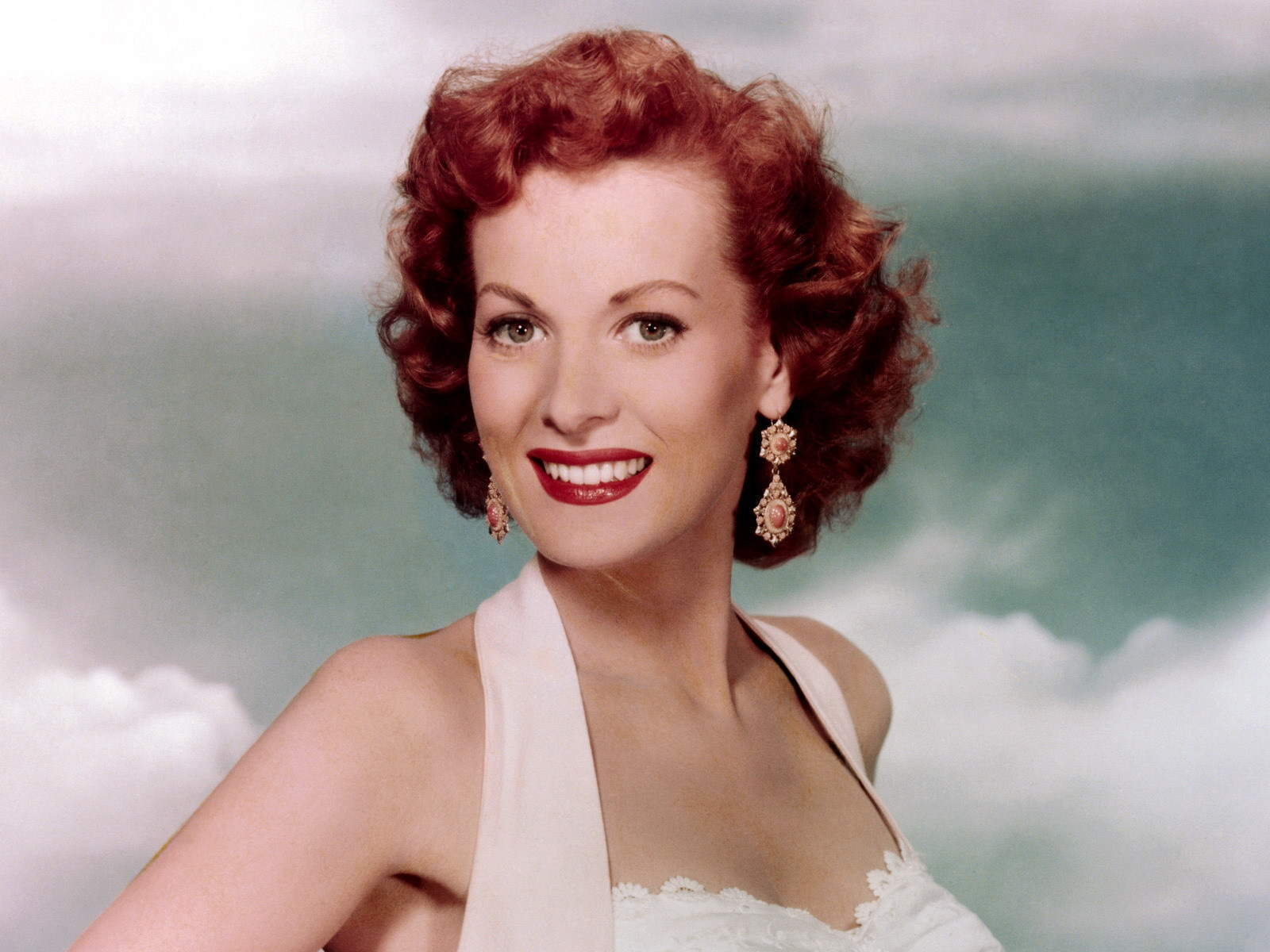
 Amanda S. Stevenson
Amanda S. Stevenson 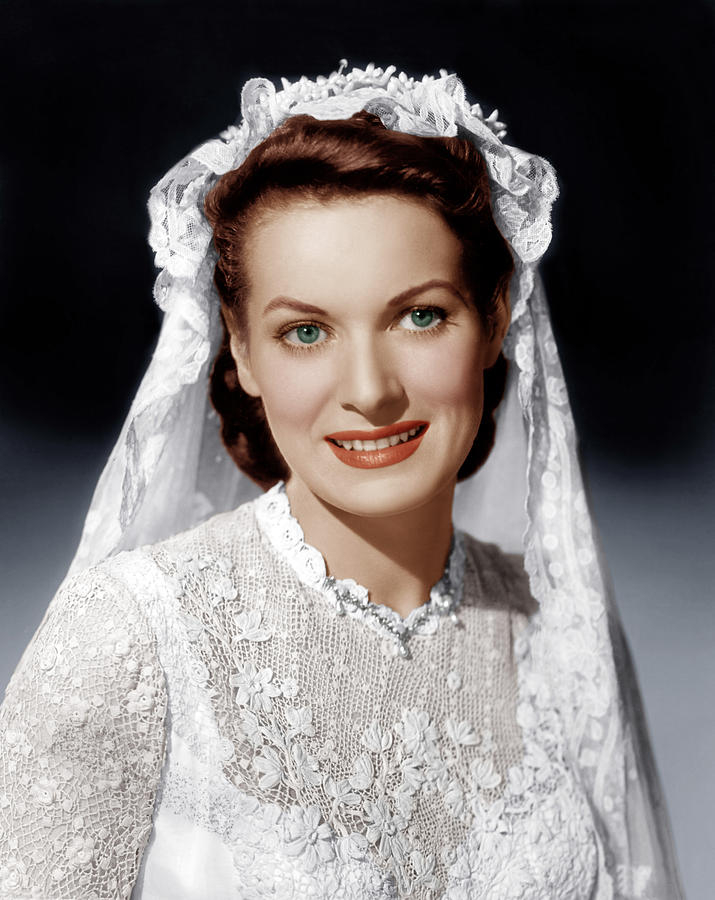
 Amanda S. Stevenson
Amanda S. Stevenson 
 Amanda S. Stevenson
Amanda S. Stevenson 